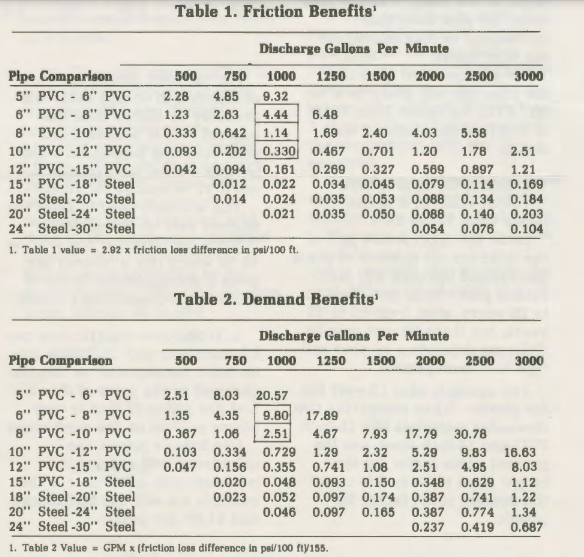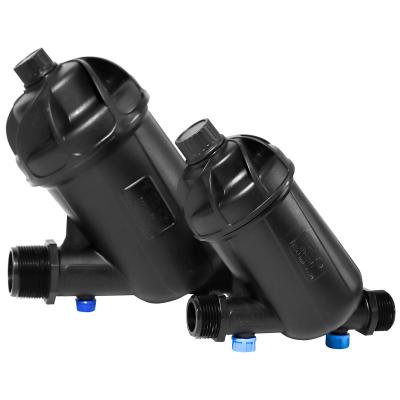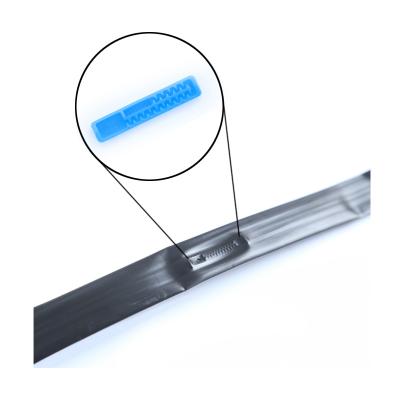How Does The Irrigation Pipe Work
With the aid of using the tables and a few easy equations, you may calculate the advantage of the usage of a bigger pipe.if that advantage is greater than the greater price to put in the larger pipe, and when you have the functionality for purchasing the larger preliminary yearly costs, over the lifestyles of that pipe you will be financially in advance to install the bigger size. desk 1 offers values as a way to be used to calculate annual financial savings because of reduced use of power. the table values represent the relative decrease in friction as pipe sizes increase.In small sizes, plastic pipe is almost always cheaper than steel. The largest plastic used for irrigation is 15-inch; above that size steel pipe has been the cheapest available. For that reason Tables 1 and 2 include plastic in small sizes and steel pipe above 15 inches. Other materials such as asbestos cement could be considered if you know the friction values and make the appropriate calculations as given in the table. Most electric suppliers have either an annual standby (horsepower) charge or else a demand charge based on how much energy you need at any one time. If your system includes electric pumps and you have such a charge in your rate schedule, Table 2 gives values for calculating the relative decrease in that demand charge. Since friction in the larger pipeline is less, the horsepower requirement is less and demand charges of the electric supplier for the pumping plant will be lower. To compare those benefits with the additional cost of the larger pipe, costs and benefits must be brought back to a present value basis. Dividing the initial cost of a purchase by the appropriate "present value of a series'' factor will give its average annual cost. It is divided into three parts, allowing you to assume the pipe will last for 10, 15, or 20 years. For each of those lifetimes, values are given assuming no inflation and for annual inflation rates from 6 to 20 % per year. When using it for calculations you must assume an interest rate, an inflation rate, and the number of years the pipe will last.
in friction as pipe sizes increase.In small sizes, plastic pipe is almost always cheaper than steel. The largest plastic used for irrigation is 15-inch; above that size steel pipe has been the cheapest available. For that reason Tables 1 and 2 include plastic in small sizes and steel pipe above 15 inches. Other materials such as asbestos cement could be considered if you know the friction values and make the appropriate calculations as given in the table. Most electric suppliers have either an annual standby (horsepower) charge or else a demand charge based on how much energy you need at any one time. If your system includes electric pumps and you have such a charge in your rate schedule, Table 2 gives values for calculating the relative decrease in that demand charge. Since friction in the larger pipeline is less, the horsepower requirement is less and demand charges of the electric supplier for the pumping plant will be lower. To compare those benefits with the additional cost of the larger pipe, costs and benefits must be brought back to a present value basis. Dividing the initial cost of a purchase by the appropriate "present value of a series'' factor will give its average annual cost. It is divided into three parts, allowing you to assume the pipe will last for 10, 15, or 20 years. For each of those lifetimes, values are given assuming no inflation and for annual inflation rates from 6 to 20 % per year. When using it for calculations you must assume an interest rate, an inflation rate, and the number of years the pipe will last.



